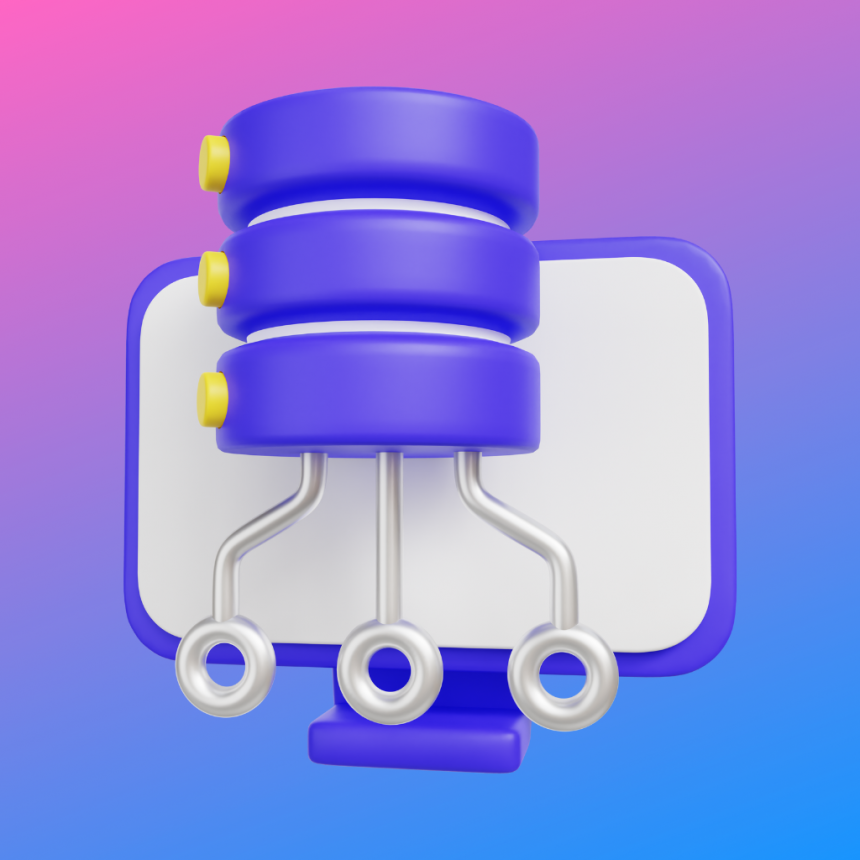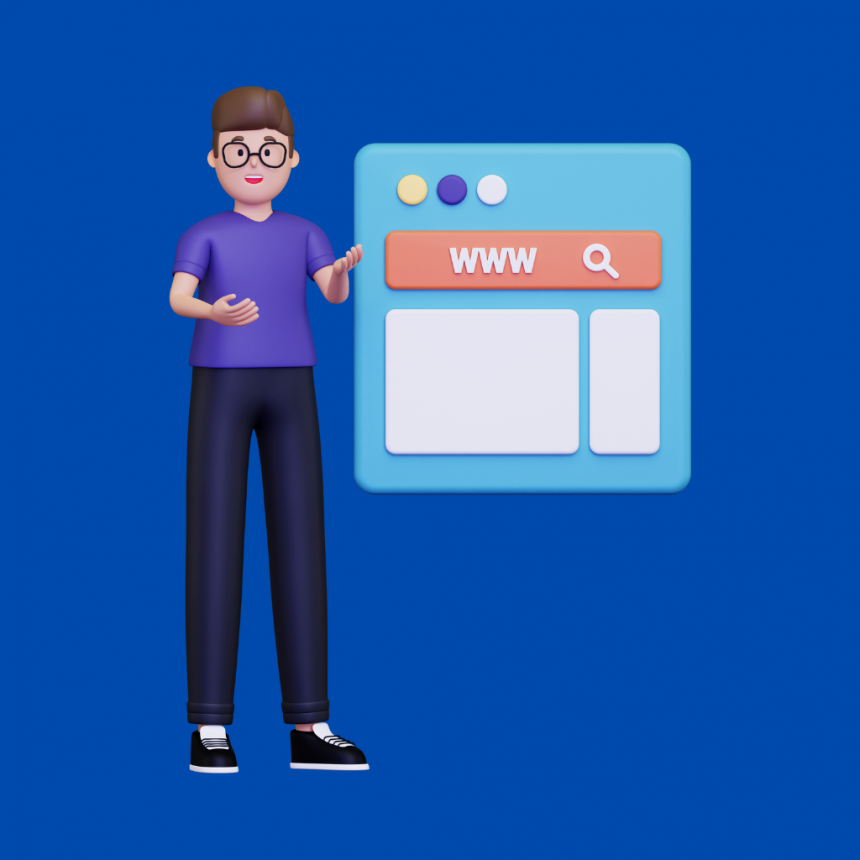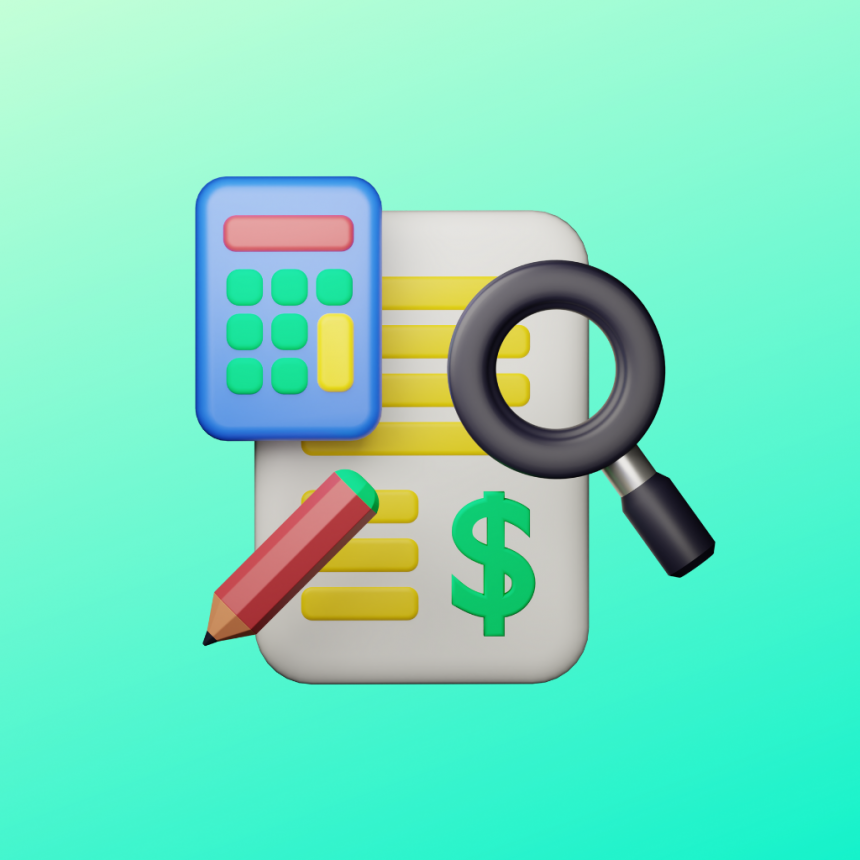
Creating a REST API with PHP
Creating a REST API with PHP can be a straightforward process, as the language has a variety of tools and frameworks available to assist in the development process.
REST, or Representational State Transfer, is a type of software architecture and a set of constraints that are typically applied to web services. RESTful APIs, or REST APIs, are built on top of HTTP and use HTTP methods to GET, PUT, POST and DELETE data.
One of the most popular PHP frameworks for creating RESTful APIs is Laravel. Laravel is an open-source PHP framework that provides a set of tools to build robust and maintainable web applications. It includes features such as routing, middleware, and an ORM (Object-Relational Mapping) system.
To create a REST API using Laravel, you first need to install the framework on your development environment. You can do this by downloading the latest version of Laravel from the official website or by using the Composer package manager. Once Laravel is installed, you can create a new project using the command line interface (CLI).
Next, you will need to set up your database and create a model to represent the data that your API will be working with. Laravel's ORM, Eloquent, makes it easy to interact with your database and perform common CRUD operations. Here is an example of creating a model for a "Product" table.
php artisan make:model Product
This command will create a new file named Product.php in the app folder. This file represents the Product model and it will be used to interact with the products table in the database.
Once your database is set up and your model is created, you can begin building the routes for your API. In Laravel, routes are defined in the web.php file and can be configured to respond to specific HTTP methods and URIs. You can also specify middleware to handle authentication and authorization for your API.
Route::get('products', 'ProductController@index');
This route will handle GET requests to the /products endpoint and will call the index method on the ProductController.
Finally, you will need to create controllers to handle the logic for each of your routes. Controllers are responsible for handling requests and returning responses. Laravel's built-in controllers make it easy to return JSON data, which is a common format for REST APIs.
class ProductController extends Controller
{
public function index()
{
$products = Product::all();
return response()->json($products);
}
}
This controller will fetch all products from the database and return them as a JSON response.
In summary, creating a REST API with PHP is a manageable task with the help of a robust framework like Laravel. With its tools and features, it provides developers with a powerful and efficient way to build robust and maintainable APIs.





